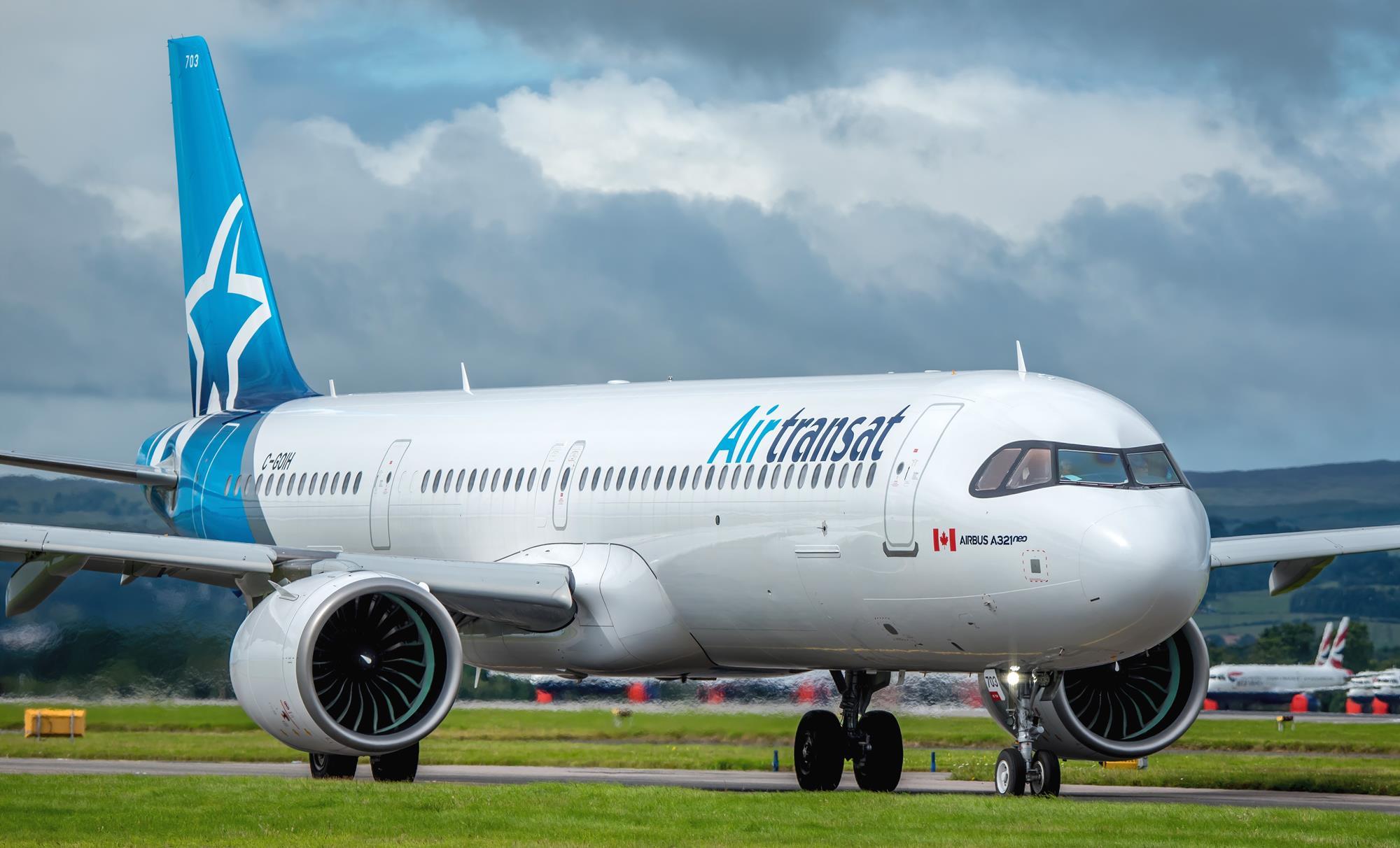From CBC News – link to source story
Pilots involved in June incident over Constance Bay flying under on visual flight rules
CBC News · Posted: Nov 18, 2020

A mid-air collision between two small aircraft over Constance Bay in June might have been avoided if the pilots weren’t relying on their eyes alone, the Transportation Safety Board (TSB) has concluded.
The collision between the Champion float plane and a Cessna occurred at 2:46 p.m. on June 14. Both planes sustained damage.
- 2 planes collide in mid-air near Constance Bay
- Veteran pilot thankful to be back on ground after mid-air collision
The Champion, which had only the pilot on board, ditched in the Ottawa River and overturned. Boaters rescued the pilot, who was able to escape the plane with minor injuries. The Cessna, which had four people on board, landed safely at the Arnprior Airport.
According to the TSB, both pilots were flying under visual flight rules (VFR), used when weather conditions are clear enough to see without the aid of instruments. They didn’t see each other, however, until it was too late.
“Neither pilot saw the other aircraft prior to the mid-air collision, partly owing to the inherent limitations of the see-and-avoid principle,” TSB investigators found. “Relying solely on visual detection increases the risk of collision while in uncontrolled airspace.”
While not mandatory, the TSB said pilots are encouraged to “broadcast their intentions and maintain a listening watch” while flying under VFR.

12.5 seconds
The TSB report cites research by the Australian Transport Safety Bureau (ATSB), which noted a sort of optical illusion that can occur when pilots rely solely on the “see and avoid principle.”
“Because of the geometry of collision flightpaths, an aircraft on a collision course will usually appear to be a stationary object in the pilot’s visual field,” the ATSB found. “If two aircraft are converging on a point of impact on straight flightpaths at constant speeds, then the bearings of each aircraft from the other will remain constant up to the point of collision.”
In such cases, “a conflicting aircraft must be detected at least 12.5 seconds prior to the time of impact,” the ATSB found.

A blur, then a bang
In the collision over Constance Bay, there’s no indication the pilots had that much visual warning.
The man behind the controls of the Cessna, retired commercial pilot Donald Robertson, described seeing a white blur followed by a loud bang when the planes collided.
“The first thing that went through my mind was, ‘This was unbelievable. It can’t happen to me,’” Robertson told CBC shortly after the incident.
According to the TSB, both the Champion and the Cessna were equipped with Mode C transponders, but neither aircraft was equipped with any type of aircraft collision avoidance technology. Such systems, while not mandatory, might have helped avoid the collision, the TSB noted.
“There are a number of airborne collision avoidance systems currently available, some of which are specifically designed for the general aviation market. These technologies offer the potential to significantly reduce the risk of mid-air collisions,” the TSB concluded in its report.
[#item_author]



